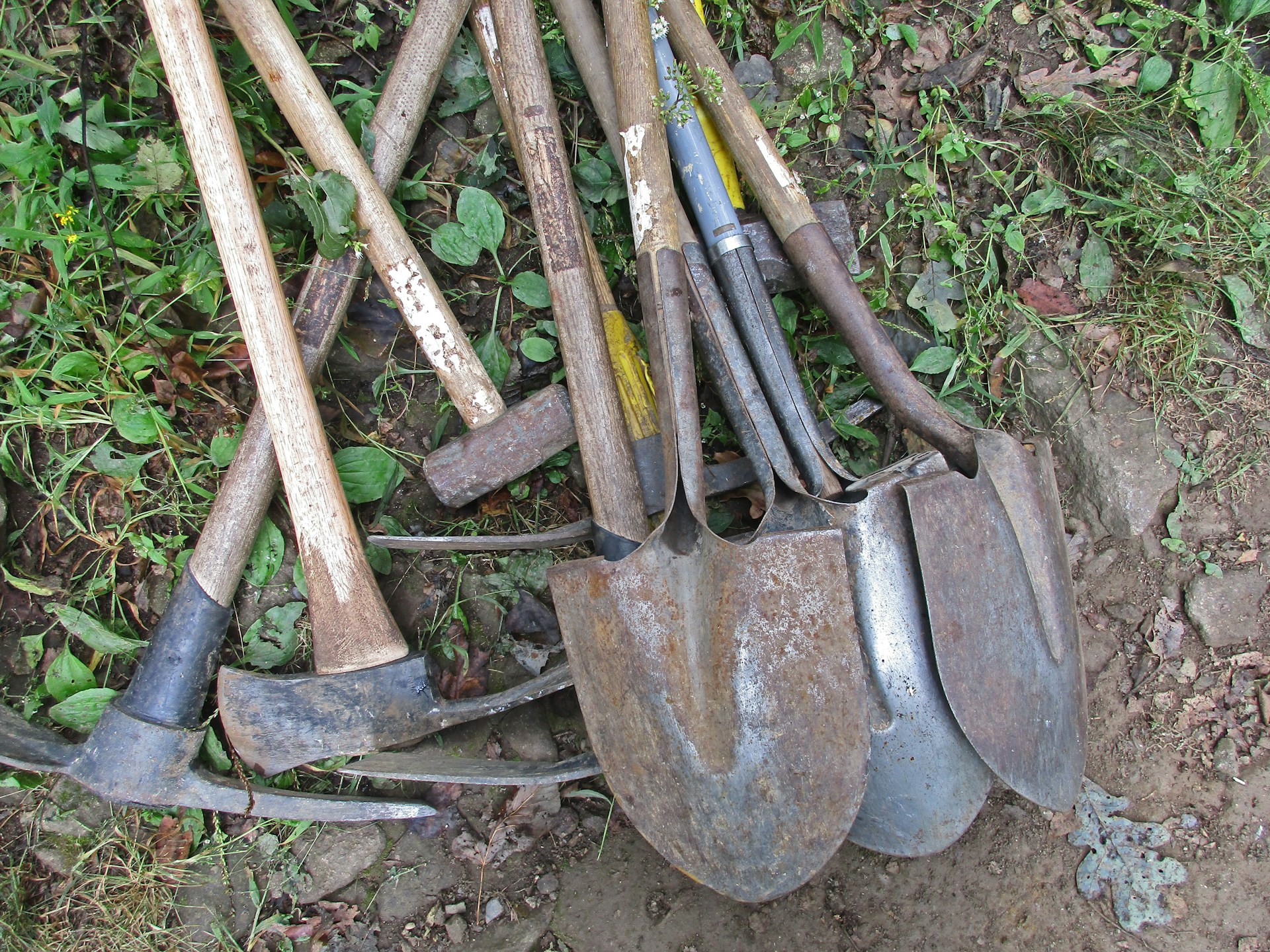In the realm of hand tools, the shovel stands as a testament to human ingenuity and the ability to shape the environment for both practical and creative purposes. Its design may seem simple, consisting of a handle and a blade, yet the shovel’s historical significance and diverse applications make it a symbol of utility and adaptability.
The origins of the shovel trace back to ancient civilizations, where early humans crafted rudimentary digging tools from materials like wood and bone. As societies advanced, so did the design and construction of shovels. The integration of metal, such as iron and steel, marked a significant leap forward in the tool’s durability and effectiveness.
Archaeological evidence suggests that shovels were instrumental in various ancient civilizations for agricultural practices, construction, and even warfare. In ancient Egypt, for instance, shovels played a crucial role in the construction of the pyramids, facilitating the movement of earth and stones to build these monumental structures. Similarly, in the agricultural societies of ancient China, shovels were indispensable tools for cultivating the land.

The shovel’s adaptability became particularly evident during the age of exploration and colonization. European settlers in the Americas used shovels for tasks ranging from digging foundations for buildings to mining for precious metals. The versatility of the shovel made it an indispensable tool for survival and progress in unfamiliar territories.
As societies evolved, so did the design of shovels to meet specific needs. The creation of different shovel types, such as spades, scoops, and trowels, allowed for more specialized applications. Agricultural shovels, with their broader blades, became essential for turning soil and planting crops. In construction, pointed shovels excelled at digging trenches and moving loose materials, while square-edged shovels were ideal for shaping and leveling.
In the modern era, shovels have become synonymous with manual labor, finding a place in various industries and everyday activities. The construction industry relies heavily on shovels for tasks like digging foundations, moving debris, and shaping landscapes. In gardening, shovels help enthusiasts cultivate soil, plant flowers, and maintain outdoor spaces with precision.
Beyond practical applications, shovels have carved a niche in cultural and artistic realms. The groundbreaking ceremony, marked by the use of a ceremonial shovel, symbolizes the commencement of significant projects or events. Artists, too, have utilized shovels as mediums for creativity, transforming them into sculptures, installations, and even musical instruments.
The military has also recognized the importance of shovels throughout history. Entrenching tools, often referred to as “e-tools,” are compact, foldable shovels designed for military use. These versatile tools serve multiple functions, from digging defensive positions to cutting through obstacles, highlighting the enduring relevance of the shovel in various contexts.

The design and materials of shovels continue to evolve, incorporating innovations such as ergonomic handles and lightweight yet durable materials. These advancements enhance the user experience and make shovels more efficient and user-friendly.
In conclusion, the humble shovel, with its simple yet effective design, has played a pivotal role in shaping the course of human history. From ancient civilizations to the modern era, its adaptability and versatility have made it an indispensable tool for a myriad of tasks. Whether employed in agriculture, construction, gardening, or artistic expression, the shovel remains a symbol of human ingenuity, resilience, and the enduring bond between tools and civilization.
If you enjoyed this read, check out our other posts.














What do you think?
Show comments / Leave a comment